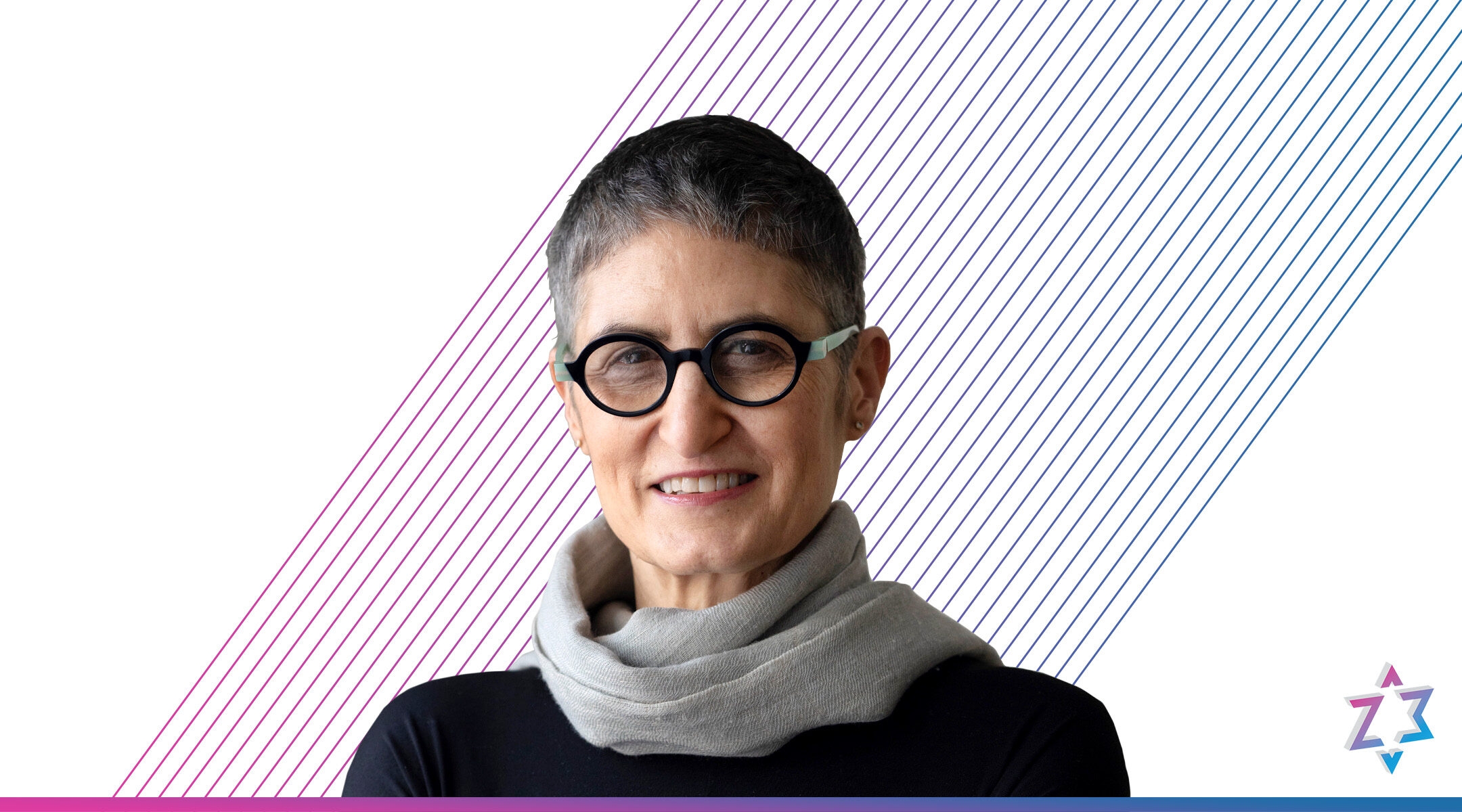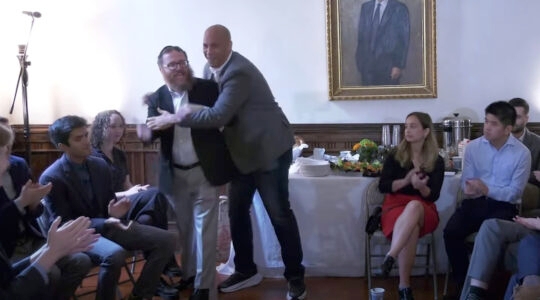Meet Bethamie Horowitz, a social psychologist at NYU and longtime analyst and researcher on American Jews and Jewish identity. In the early 80s, Horowitz was part of a project called “Images in Conflict” that studied the opinions and beliefs of Americans, Israelis, Palestinians, and Egyptians in the era following the Camp David Accords. Horowitz went on to study the Israeli electorate for the Labour party in the late ‘80s, and continued to study the electorate after the First Intifada, doing nightly polling. “The issue of war and peace – and events affecting the potential for cooperation or for conflict – was very much on the table,” Horowitz described over the phone.
A move back to the States prompted Horowitz to shift her focus from Israelis to American Jews. She became research director of UJA-Federation of New York in the 90s, designing and conducting a study of the Jews of New York that studied patterns of Jewish engagement in baby boomers and younger generations of American Jews. Horowitz has since conducted and critiqued demographic studies and written about American Jewry.
As part of the Z3 2021 Futures Workshop Horowitz was in conversation with Israeli journalist Shmuel Rosner in which they debated the connections and divergences between Jewish Americans and Israelis. You can watch their conversation here, or read on for Horowitz’s insights about generational changes in Jewish identity and why “assimilation” isn’t the right word to use when discussing American Jews.
It seems that every few years the American Jewish community is shaken by new findings in a Pew research study on American Jews. For example, the rise of intermarriage. For people who care about Jewish community and continuity, is interfaith marriage something to worry about? Isn’t Jewish communal rigidity toward interfaith couples also worrisome?
In 1990, the intermarriage rates were seen as quite high. Approximately half of all marriages were marriages between Jews and non-Jews. The underlying presumption was that intermarriage spelled the demise of Jewishness within a family and therefore it was of great concern. The findings over the years now show that a much larger number of kids are being raised Jewish than had been expected – I do not view intermarriage as the threat that it had been said to be.
Views on Judaism and Jewishness are changing. In America, the notion that there would be people who would be proud of their Jewishness and their Jewish backgrounds is so different from 75 years ago. So what we would call the “social location” of Jews in America has changed dramatically. In 1937, Mordecai Kaplan, who founded reconstructionist Judaism, reported in some of his writing, “to be Jewish is like living with a diseased organ in your heart.” It was shocking for me to read this! Being Jewish was a liability; you were held back because of it. So there was a strong sociological reason people wanted to move away from Jewishness. But the idea that you had to fit in and give up your ethnicity is a story that we’ve seen evolve. The undertow pulling Jews away from Jewishness isn’t what it was.
Can you place today’s American Jews in a historical context? Briefly, where are today’s American Jews on the journey from immigration to assimilation and beyond?
There was a big immigration to the United States generally between 1880 and 1924. A huge proportion of American Jews came from a largely Ashkenazi background: from Northern and Southern Europe, Eastern Europe, and of course Russia. So there’s a whole cohort that has been here for five generations or more, depending on your family. That’s true for a whole segment of American Jews, but there were certainly other immigrations: there was some around World War Two, and again in 1964 when US immigration became more flexible. From the 1970s and into the 1990s, there were Jews immigrating from Russia, Israel, South America and Arab countries. So for a small proportion of Jews, they are still in an immigrant story now.
Jewishness evolves. We don’t see the demise of Jewishness simply related to being here longer. The presumption that the longer you’re in America, the more you lose your Jewishness – I just don’t see that. I see some changes: With that immigration in the previous century, a whole slew of institutions were created in the early 1900s. They were creative institutions in their beginnings and they created a kind of organizational, institutional, communal infrastructure. Now, the affiliation rates to organizations have declined. So you might want to differentiate between institutional Judaism and Jewishness.
Finally, I prefer to speak of “incorporation into America,” over “assimilation.” “Assimilation” has many different meanings. Usually what people mean by it is denigration of the diaspora; viewing America as an example of Jews blending in and losing their Jewishness. But America has actually become more Jewish in terms of Jewish culture – there are things that are shared more broadly. So the need for Jews to be inside communities is a bit different now.
How are today’s American Jews thinking about what it means to politically support Israel?
One trend is that there used to be more unity around Israel – I don’t mean politically, but the idea that Israel is our country – in the early days of the state of Israel, from ‘48 and into the ‘70s. I’m a baby boomer, and we were really shaped by that. We were raised in the era of both the Holocaust and the founding of the State of Israel. What’s changed over the decades is that Israel has become a source of disunity. There’s a wider diversity of views about Israel and it doesn’t mobilize people.
Forty years ago, Israel was not partisan. We had a notion of love and loyalty to Israel and the country wasn’t disturbing to us. There are all sorts of reasons why that’s changed, and it includes policies of the Israeli government, things that might have influenced whether the PLO was going to make a deal or not – I don’t want to cast blame. It’s been all sorts of things.
You’ve got the political opinion and then the emotional reaction to Israel – whether Israel is even our country, the way that Italy is Italian Americans’ country, or Ireland is Irish Americans’ country. There’s no unity around it; there’s a lot of variation. That has become very scary to people, that within their own communities there is a difference of views.
JTA has documented Jewish history in real-time for over a century. Keep our journalism strong by joining us in supporting independent, award-winning reporting.







